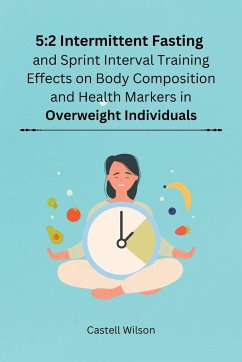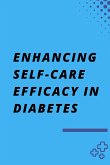Since the onset of the industrial revolution, our society has experienced significant transformations, affecting our sleep patterns, physical activity levels, and eating habits. These changes can be attributed to the rapid growth of urban areas, increased exposure to artificial lighting, reduced physical exertion, and the easy accessibility of food (Malik et al., 2012). Consequently, there has been a substantial rise in obesity rates, as well as an unprecedented surge in the prevalence of metabolic syndrome and Type 2 diabetes over the past few decades (WHO, 2010; WHO, 2018). This has given rise to a multifaceted pandemic, leading to escalating costs associated with the treatment of these conditions and their associated complications, especially due to the earlier onset of weight gain (Malik et al., 2012; Imes & Burke, 2014; Ng et al., 2014; Harvie & Howell, 2017). Consequently, there has been growing interest in the development of effective, safe, and easily implementable lifestyle-based interventions that can cater to a diverse range of individuals within the community. Historically, traditional strategies have focused on long-term energy restriction (typically 15-40% of recommended daily intake) coupled with moderate intensity continuous exercise. The intention was to directly address the underlying causes of positive energy balance resulting from reduced physical activity and excessive calorie intake (Del Corral et al., 2009; Varady & Hellerstein, 2008). However, this approach failed to consider the metabolic and hormonal factors influencing overeating. While it can be effective when followed correctly, patients often struggle to comply with the constant energy restriction, calorie counting, and demanding exercise regimens (Del Corral et al., 2009). Moreover, this challenge is exacerbated by the irregular working hours and extended commuting times prevalent in modern lifestyles. Combined with family and social commitments, these factors frequently leave individuals with limited time and unwillingness or inability to prioritize their health (Dishman et al., 1985; Sabinsky et al., 2007).








